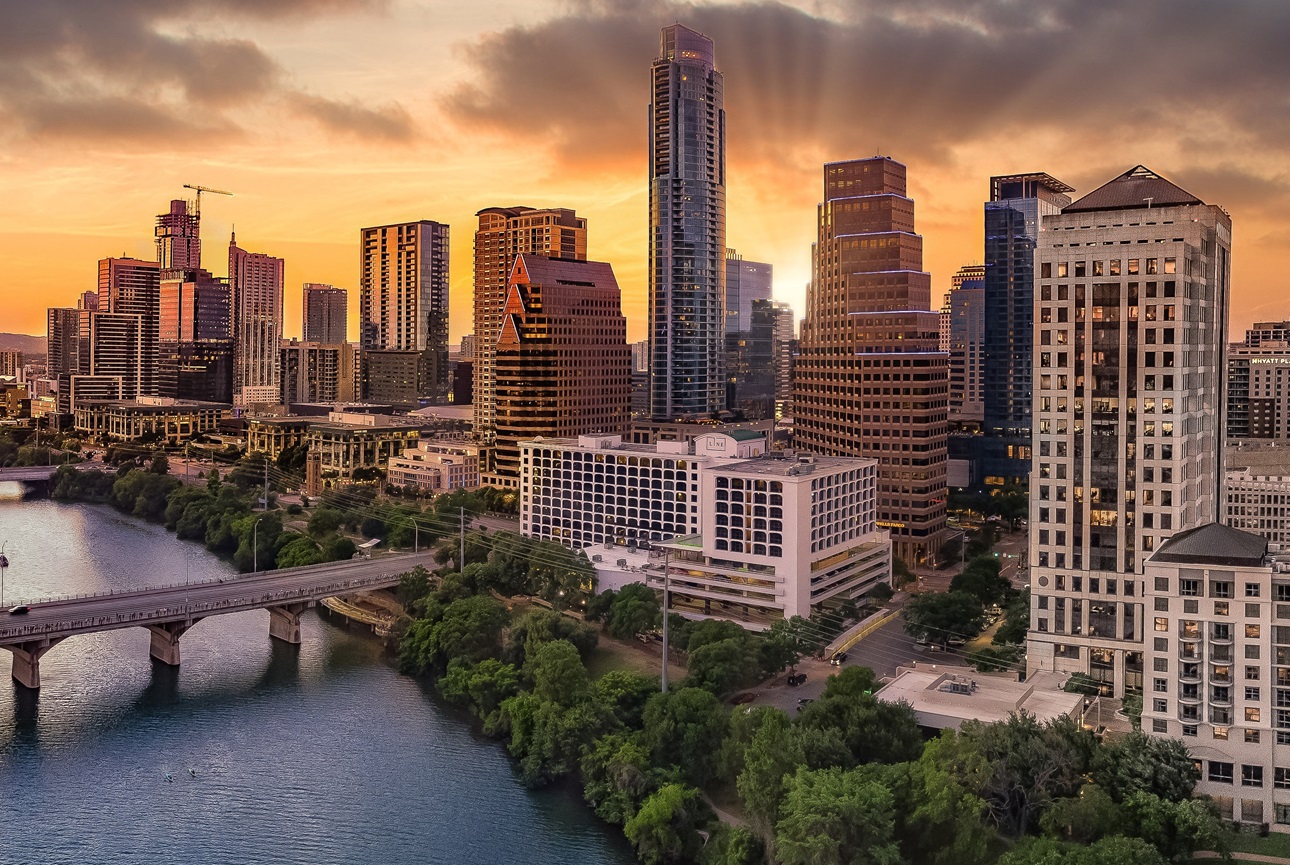ULI Austin Net Zero Imperative

To better meet the challenges of a rapidly changing climate, growing population, and overburdened energy grid, the City of Austin has set its sights on becoming a net zero community by 2040, emitting zero greenhouse gases into the atmosphere and thereby lessening the negative impacts human activity is having on the climate. Net zero by 2040 is an audacious goal and one that the city can meet with careful planning. With roughly 50 percent of Austin’s current carbon emissions derived from the built environment, advancing progress on energy efficiency, reducing fossil fuel combustion, and development of renewable energy for the city’s new and existing buildings is paramount. The panel recommendations included:
- Codify the plan and identify criteria.
- Embrace a culture of net zero across every department and throughout all of its actions.
- Establish a culture of energy efficiency throughout the city.
- Provide even greater support to communities of color and other groups that have been historically marginalized.
- Lead by example with improvements to city owned buildings.
- Scale best practices through engagement with the broader real estate industry to foster understanding of increased value.
- Increase awareness of and access to existing tools and resources supporting energy efficient improvements.
- Explore additional incentive programs - additional rebates on equipment purchases, reduced processing time during the permitting stage, or “jumping the line.”
- Incentivize certain building criteria for existing buildings and new construction in the short term, with a clear timeline for eventually making these requirements mandatory.
- Establish or provide connections to a variety of initiatives such as resilience hubs, renewable energy initiatives, and financing options.
- Further leverage solar integration and district cooling loops.
- Ensure that current city staff have the resources they need, including additional staffing where needed, to deliver on the promises.
The report offers guidance on how to establish an equitable net zero culture for Austin, the importance of education and engagement, striking a balance with regulations and incentives, and key initiatives that the City of Austin and Austin Energy can take to help stakeholders embrace the goal of net zero.
Report Summary: To better meet the challenges of a rapidly changing climate, growing population, and overburdened energy grid, the City of Austin has set its sights on becoming a net zero community by 2040, emitting zero greenhouse gases into the atmosphere and thereby lessening the negative impacts human activity is having on the climate. Net zero by 2040 is an audacious goal and one that the city can meet with careful planning. With roughly 50 percent of Austin’s current carbon emissions derived from the built environment, advancing progress on energy efficiency, reducing fossil fuel combustion, and development of renewable energy for the city’s new and existing buildings is paramount. The panel recommendations included:
- Codify the plan and identify criteria.
- Embrace a culture of net zero across every department and throughout all of its actions.
- Establish a culture of energy efficiency throughout the city.
- Provide even greater support to communities of color and other groups that have been historically marginalized.
- Lead by example with improvements to city owned buildings.
- Scale best practices through engagement with the broader real estate industry to foster understanding of increased value.
- Increase awareness of and access to existing tools and resources supporting energy efficient improvements.
- Explore additional incentive programs - additional rebates on equipment purchases, reduced processing time during the permitting stage, or “jumping the line.”
- Incentivize certain building criteria for existing buildings and new construction in the short term, with a clear timeline for eventually making these requirements mandatory.
- Establish or provide connections to a variety of initiatives such as resilience hubs, renewable energy initiatives, and financing options.
- Further leverage solar integration and district cooling loops.
- Ensure that current city staff have the resources they need, including additional staffing where needed, to deliver on the promises.
The report offers guidance on how to establish an equitable net zero culture for Austin, the importance of education and engagement, striking a balance with regulations and incentives, and key initiatives that the City of Austin and Austin Energy can take to help stakeholders embrace the goal of net zero.


